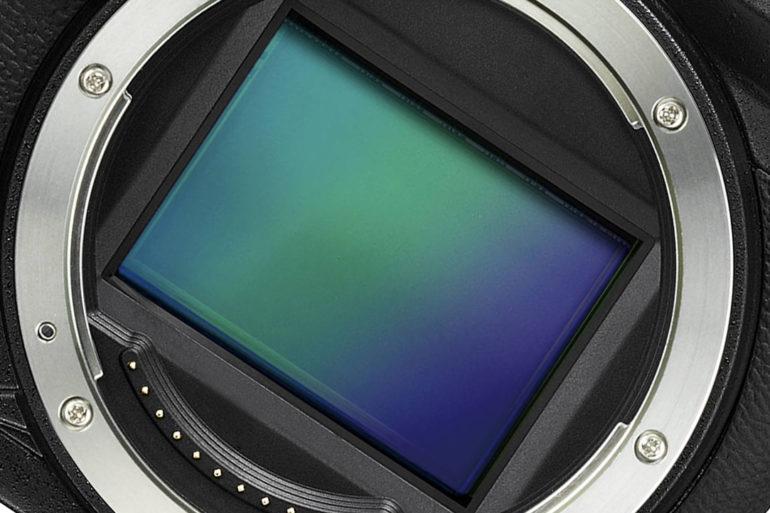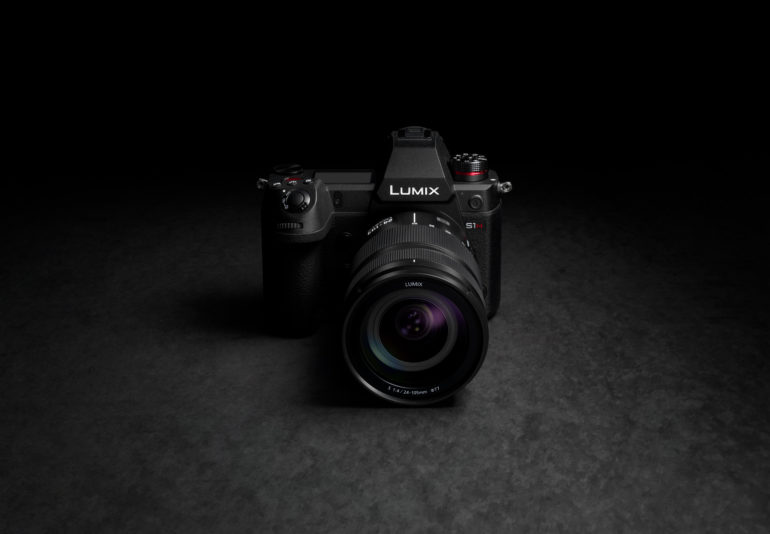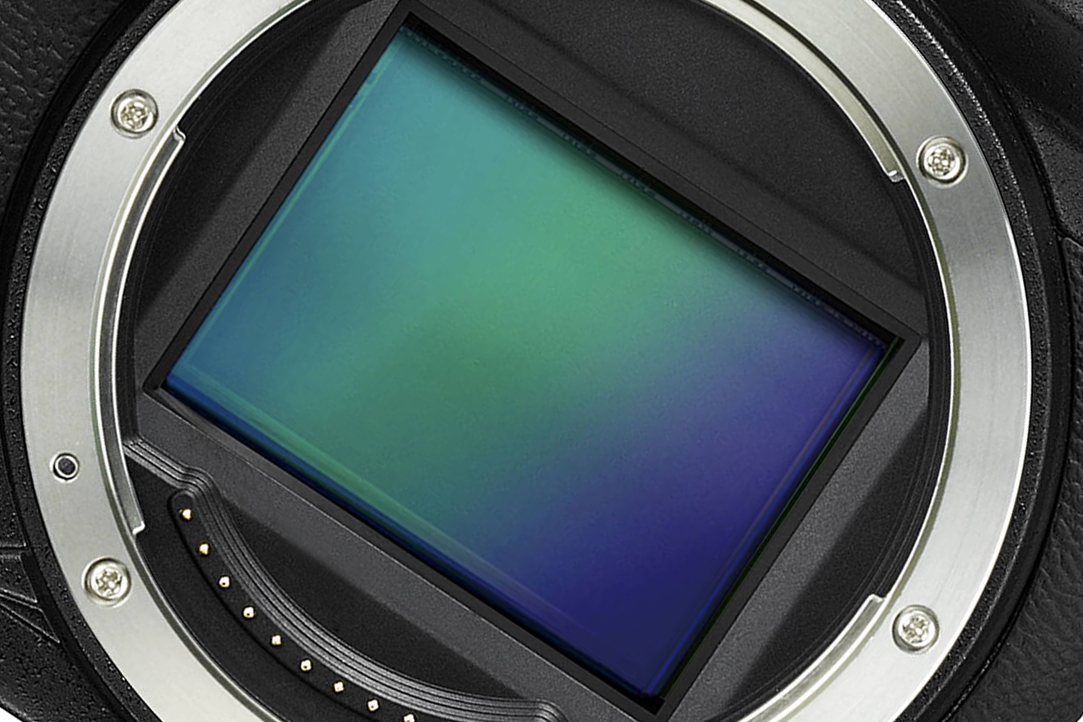Last Updated on 10/23/2019 by Mark Beckenbach
The traditional CMOS sensors in your cameras will eventually be replaced with an organic sensor, but not for a long while.
The sensors in the cameras we use today have come a long way. As our understanding of technology has progressed, we have seen upgrades such as Back Side Illumination and APS-C sensors that have finally broken the 30 Megapixel barrier. The sad part is that the technology these sensors are built on (CMOS or Complementary Metal-Oxide Semiconductor) are reaching their limits. The next step is for companies to develop new organic sensors: that’s exactly what Sony is doing. They apparently have a new, three-layer organic sensor in the works, but don’t get your hopes up of seeing it soon. Let’s talk about this after the break.
According to an article at Sony Alpha Rumors, Sony is hard at work on three new types of sensors. The report states a new 48 Megapixel PDAF sensor, an InGas sensor, and of course, the three-layer organic sensor. Organic sensors have been talked about for years, but so far manufacturers are still struggling with getting this technology under control. Panasonic and Fujifilm joined forces in 2015 in the hopes of creating an organic sensor, and last year the dynamic duo announced that the first camera to use the new sensor would be the Panasonic AK-SHB810. But look at the size of the thing.

This sensor technology has its issues, mainly with heat dissipation. The size of this video camera tells me that there is a massive heatsink and or fan in there to help stop it from having a nuclear meltdown. So what’s the big deal about organic sensors anyway?

Well, for starters, an organic sensor will have far greater light sensitivity compared to CMOS sensors. An organic sensor will also easily outperform CMOS sensors in dynamic range. You can expect 8K video and sensor-based ND filters thanks to the way an organic sensor can apply various voltages across the entire sensor at the same time. An organic film on the sensor will be able to lighten or darken itself by multiple stops based on the voltage applied to it. Videographers will love that rolling shutter will be eliminated entirely, too, as a global shutter will be possible with an organic sensor. The technology sounds impressive, but it will be a long time before we see a consumer camera with this technology.

The biggest issue, as mentioned above, will be heat dissipation. This is still a problem for CMOS sensors too. As we push current technology to its limits, we are still struggling to keep things cool. Take the Panasonic S1H, for example. Sure, it can record 6K video, but to keep temperatures down Panasonic had to stick a massive fan inside of the camera body. Does it work? Sure! Is it practical? Not really. We want our cameras to become smaller, lighter, and easier to manage. Until we find a material that dissipates extreme heat efficiently in small camera bodies, organic sensors will be destined for work in large commercial video cameras. They are the only cameras with the space for massive heatsinks and coolers.
As much as we would like to see these massive leaps and bounds sooner than later, we will just have to be patient. This is no bad thing: our understanding of CMOS sensors is so great now that we are doing things we thought would be possible. It is often that, as we near the end of one technology’s life, we see the most significant achievements from it. So, let’s enjoy what sensor manufacturers like Sony and Samsung can do with CMOS before organic sensors take over. It’s coming, just be patient.


